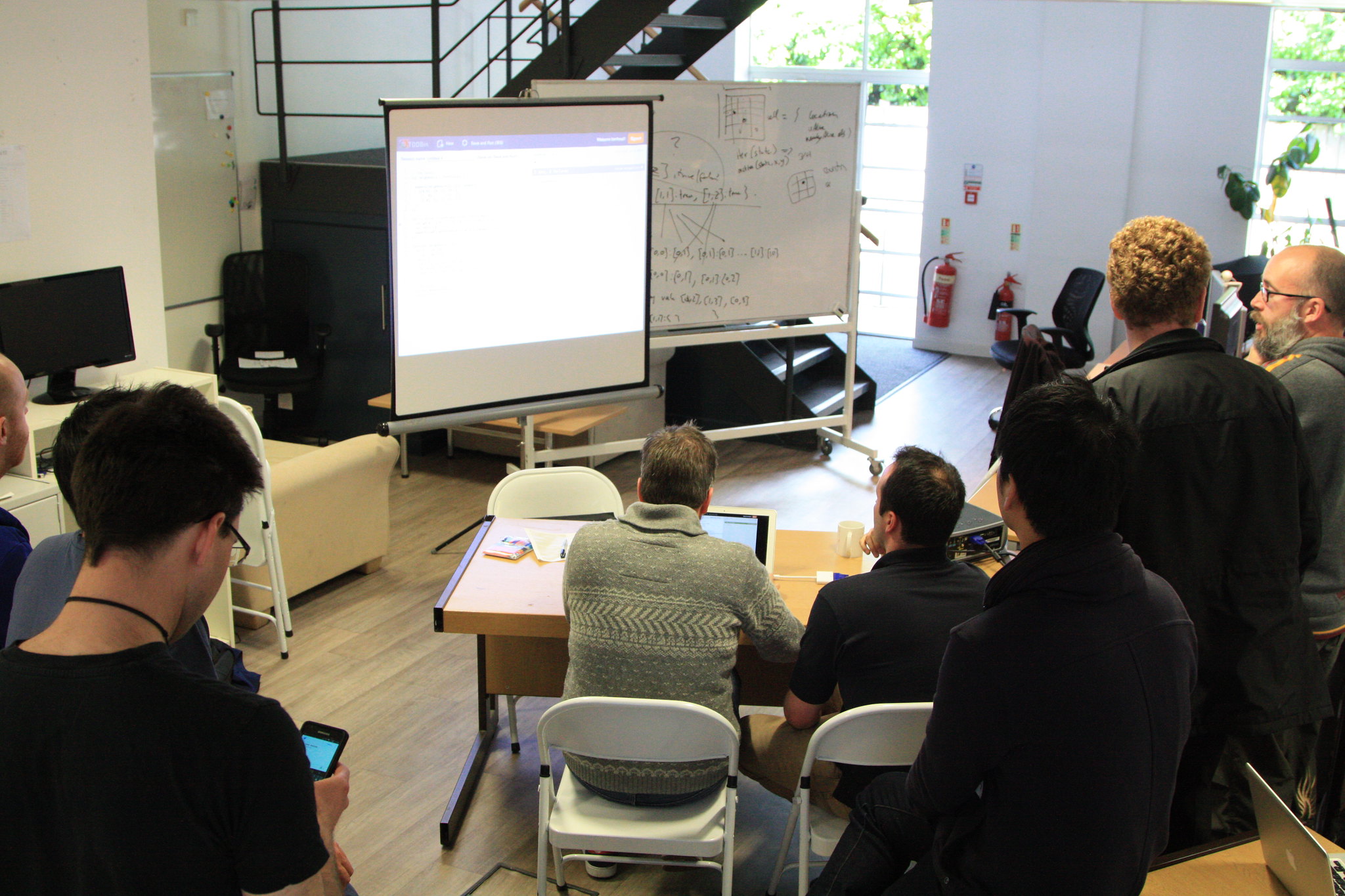Farallon 2025 Update
Farallon is kicking off the new year with an exciting update! We’re launching our official YouTube channel, offering a new way to engage with our content and dive deeper into our work. What better way to celebrate the start of the channel than with a technical showcase of some enhanced searchability features within Arches?
Enhanced Searchability
Today’s technical spotlight focuses on a key technical development that was added in Arches 7.6.0. In this video, Farallon Geographics developer Cyrus Hiatt, one of our in-house Arches experts, takes us through the steps to enable related resources search filtering. As Farallon is the lead developer and maintainer of Arches Core Code, there are few people more knowledgeable about the platform than Cyrus.
The new feature he discusses was pioneered by Arches community member Brett Ferguson of QED Systems, which once again demonstrates the power of open-source software to effectively solve business challenges. Arches should be understood as a community as much as a software project, where individual initiatives can open doors for others to further their own stewardship efforts.
One reason we are so excited about this update and wanted to take the time to highlight the steps to set up this feature was because it enables the powerful capability to index data that isn’t included in the resources tile data. Specifically, developers can now add extra custom information to a resource instance’s document in ElasticSearch. For a system that already gives admins, developers, and users flexibility in terms of the definition of data, its structure, and surrounding metadata, this new layer of information takes the searchability of the platform to new heights.
Now information such as the date and time that an instance was edited or the name of the most recent editor can be made discoverable through search. Additionally, this means that an Arches administrator can leverage this new functionality via their own custom mapping to index related resource information. Indexing related resource information creates more efficient search and reporting capabilities, ultimately improving data management and decision-making processes.
A Web of Connections

As Cyrus demonstrates, setting up the mapping file is quick and easy, needing only a few lines of code. The mapping modifier that he built in the video can be found here. Employed in this fashion, Arches can now bring the dynamic visualization of the related resources graph to bear in the robust search capabilities of the system, allowing users to explore and cohesively analyze overlooked connections between their resources.
Want to join the Arches community? Check out archesproject.org for more information, or reach out to the experts to get your questions answered!





